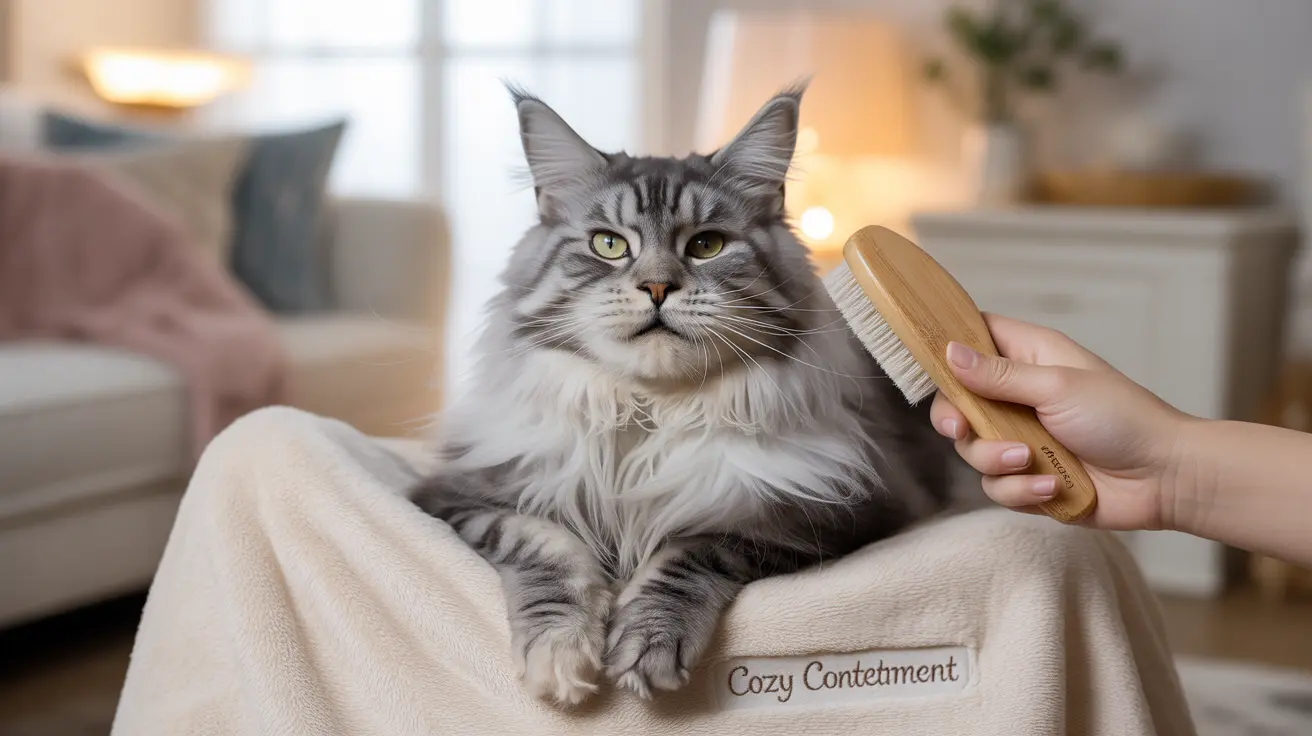Introduction
Grooming a cat that hates it can feel like an impossible task, leaving both you and your feline friend stressed and frustrated. Whether your cat runs at the sight of a brush or transforms into a whirlwind of claws when approached with grooming tools, there's hope. This comprehensive guide will walk you through proven strategies to make grooming sessions more manageable and even pleasant for your resistant cat.
Understanding why your cat resists grooming and implementing the right techniques can transform this necessary care routine from a dreaded battle into a bonding experience. Let's explore expert-backed methods that actually work, even with the most stubborn felines.
Understanding Your Cat's Aversion to Grooming
Cats typically resist grooming due to negative past experiences, fear of handling, or sensitivity to touch. Some may have had painful experiences with matted fur or rough handling, while others simply haven't been properly introduced to grooming during their critical socialization period.
Physical issues like arthritis or skin conditions can also make grooming uncomfortable, causing your cat to associate the process with pain. Understanding these underlying causes is crucial for developing an effective approach.
Setting Up for Success
Before attempting to groom your resistant cat, create an environment conducive to calm behavior. Choose a quiet, well-lit room away from other pets and household noise. Have all your supplies within reach to avoid leaving your cat mid-session.
Essential supplies include:
- A suitable brush for your cat's coat type
- Nail clippers designed for cats
- Soft towels for gentle restraint
- High-value treats
- Calming aids like pheromone sprays (if needed)
The Gradual Approach Method
Start with extremely short sessions - even just 30 seconds - of gentle touching with your hands before introducing any grooming tools. Reward your cat with treats and praise for staying calm. Gradually increase the duration as your cat becomes more comfortable.
When introducing grooming tools:
- Let your cat investigate the brush or comb
- Offer treats while showing the tool
- Start with just one or two strokes
- Always end on a positive note
Safe Handling Techniques
The "kitty burrito" method can be highly effective for resistant cats. Wrap your cat gently but securely in a towel, leaving only the area you need to groom exposed. This provides security for your cat while protecting you from scratches.
Always watch for signs of escalating stress such as:
- Tail twitching
- Ear flattening
- Skin rippling
- Growling or hissing
If you notice these signs, take a break and try again later.
Regular Maintenance Tips
Consistency is key to successful grooming. Establish a routine that works for both you and your cat, even if it means breaking grooming tasks into multiple short sessions throughout the week. Regular maintenance prevents matting and reduces the need for lengthy grooming sessions.
Professional Intervention
Sometimes, professional help is necessary. Consider consulting a certified feline groomer or veterinarian if your cat:
- Shows extreme aggression during grooming
- Has severe matting
- Develops skin issues
- Becomes highly stressed during grooming attempts
Frequently Asked Questions
Why do some cats strongly dislike being groomed, and how can I identify the reasons?
Cats may dislike grooming due to past trauma, lack of early socialization, physical pain, or sensitivity to handling. Observe your cat's specific triggers and reaction patterns to identify the root cause of their aversion.
What are the best techniques for gradually introducing grooming to a cat that resists it?
Start with short, positive interactions using just your hands, then slowly introduce grooming tools. Always pair grooming with rewards and stop before your cat becomes stressed. Consistency and patience are crucial.
How can I use the "kitty burrito" towel wrap effectively to calm and groom a nervous cat?
Lay a large towel flat, place your cat in the center, and gently wrap the sides around them, leaving their head free and the grooming area accessible. Keep the wrap snug but not tight, allowing some movement while providing security.
What safety measures should I take to prevent injuries while grooming a cat that tends to bite or scratch?
Use protective gear like grooming gloves, maintain a firm but gentle hold, and consider using a towel wrap. Never force grooming if your cat becomes aggressive, and keep sessions short to prevent escalation.
When should I seek professional help from a veterinarian or certified groomer for a cat that remains aggressive or resistant to grooming?
Seek professional help if your cat shows extreme aggression, has severe matting, develops skin issues, or if grooming attempts consistently result in high stress levels for either you or your cat.
Conclusion
Successfully grooming a cat that hates it requires patience, understanding, and the right approach. By implementing these techniques consistently and respecting your cat's boundaries, you can gradually build trust and make grooming a more positive experience for both of you.






